From Banana Slugs to Human Beings, There Are Just Two Sexes
An examination of 18 supposedly ‘trans animals’ disproves activist claims that we all live on a non-binary gender ‘spectrum.’
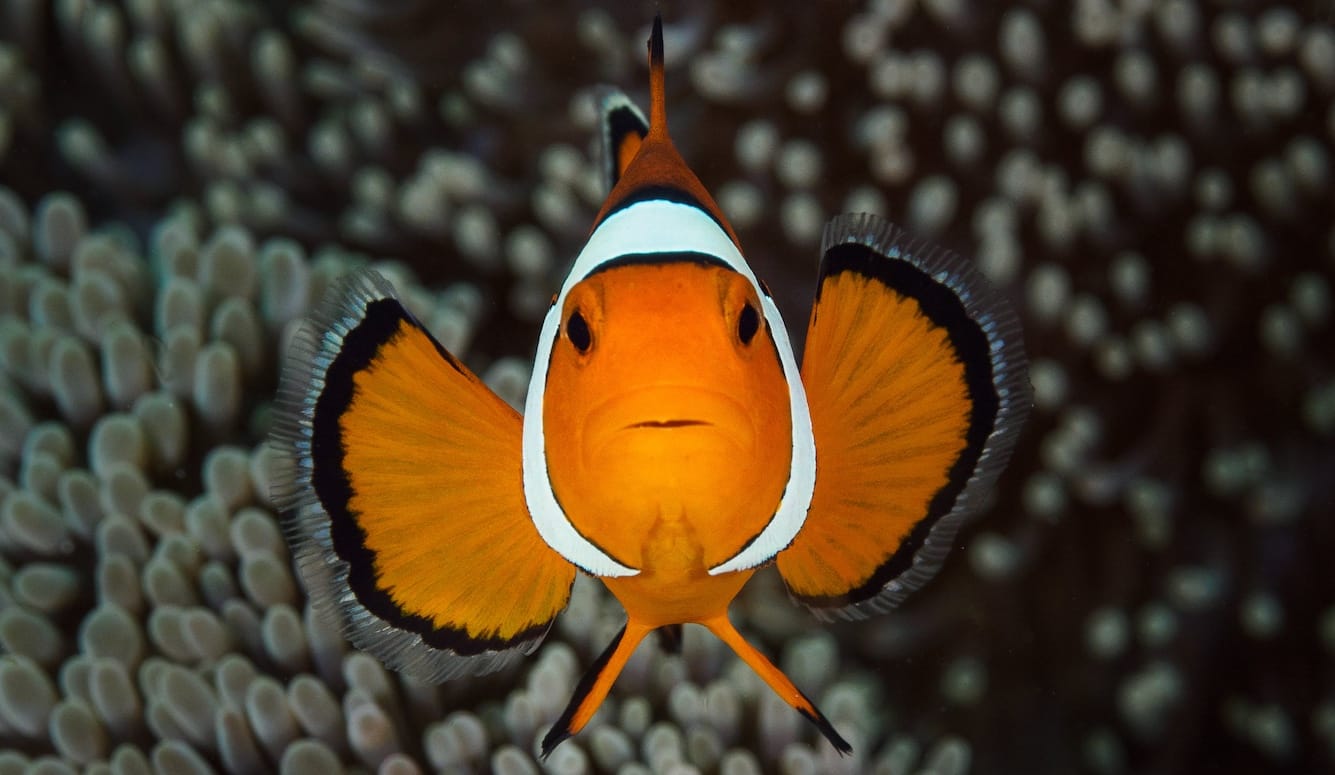
Pity the poor clownfish—a brightly coloured creature, once made famous by the 2003 animated film Finding Nemo, which has now been reduced to a prop in the ongoing debate about sex and gender identity. That’s because, unlike mammals (including humans), clownfish are what scientists call “sequential hermaphrodites” of the protandrous variety. What this means is that while every clownfish starts out as male, some switch sexes if a female is needed by the school.
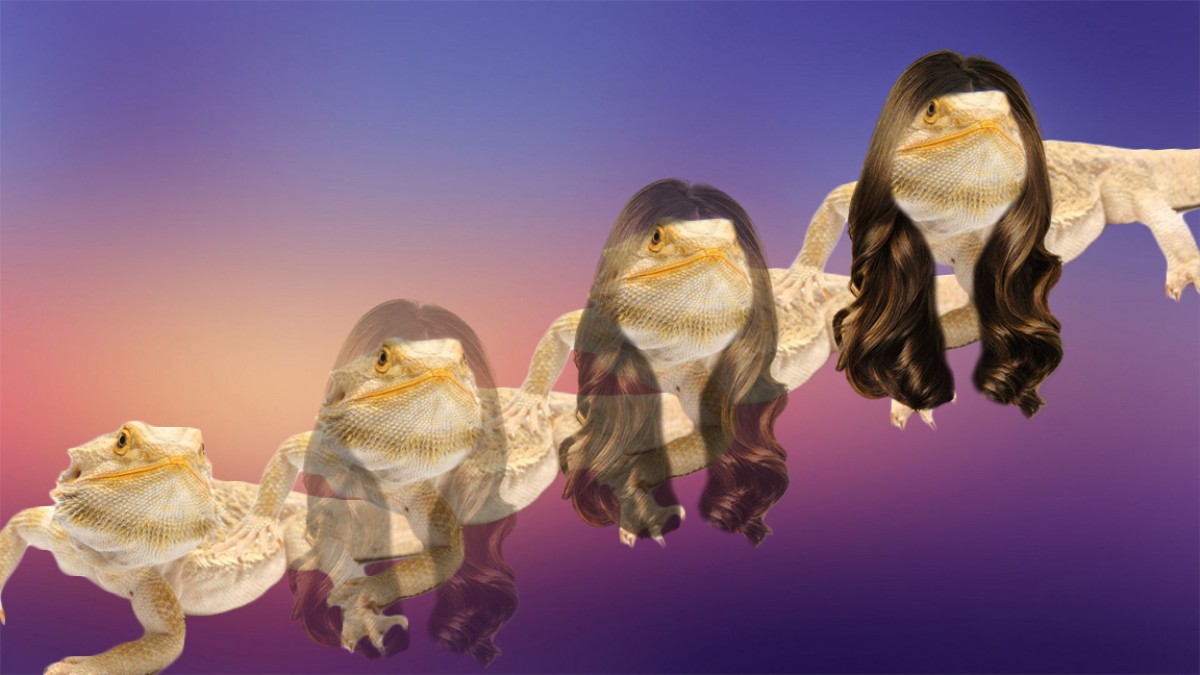
Anyone who’s followed the debate about transgender rights will immediately understand why this type of fish now has a starring role in advocacy materials designed to convince the broad public that sex-switching is a common feature in the natural kingdom, including among humans. In Canada, for instance, the publicly funded CBC is airing a documentary titled Fluid: Life Beyond the Binary, in which the self-described “non-binary” host, Mae Martin, invokes the existence of clownfish, and various other creatures, to argue that “each of us are on the gender spectrum.” Not surprisingly, Martin is explicitly promoting the documentary as a paean to social justice, and as a rebuke to anyone seeking to put limits on “gender-affirming health care” (such as the double mastectomy that Martin publicly announced in 2021).

This week, British human-rights campaigner Peter Tatchell tried to advance similar arguments in a widely read tweet referencing—as the linked Gay Times article put it—“18 animals you didn’t know were biologically trans.”
“These animals show that gender is not a simplistic binary, male and female,” Tatchell gushed. “Trans and intersex are real. Get used to it!”
18 animals you didn’t know were biologically trans
— Peter Tatchell (@PeterTatchell) April 7, 2024
Gender diversity in the (tr)animal kingdom blurs the lines of “biological sex”
These animals show that gender is not a simplistic binary, male & female
Trans & intersex are real. Get used to it!https://t.co/QqhacYgi4u
Indeed, the article that Tatchell cited goes further, denouncing the very idea of “biology” as a “pseudo-intellectual” fixation of “lesbian separatists” and “right-wing lobbyists.” The author, one Fran Tirado, warns that even mentioning terms such as “biological sex,” “biological male,” and “biological female” is a problematic affront to the supposedly non-binary, gender-bending nature of life—which, the author claims, has been in evidence since “the earliest recorded histories of the earth.”
Then comes the promised 18-point catalogue of “animals you didn’t know were biologically trans”—starting with the above-pictured clownfish (often described by scientists as anemonefish).
Gender diversity in the (tr)animal kingdom has been blurring the lines of 'biological sex' since the beginning of time 🐠
— GAY TIMES (@gaytimes) April 7, 2024
Here's just a few examples of the animals who ignore the binary 👇https://t.co/GXHQZNoLYb
So let’s take a look at the list. Are these really examples of animals that are “biologically trans”? And what do they tell us—if anything—about the associated activist claims that sexual dimorphism in humans is just a myth created by transphobic bigots?
ClownfishAs indicated above, some male clownfish (typically, the most dominant specimens within a school) change their sex to female. We know they’ve switched sex because they’ve change their gonad tissue, and so start making eggs instead of sperm (which is to say that their gonads are now ovaries instead of testes). As with humans, there are only two gonad types in clownfish, and two gamete types—one male and one female—and nothing in between.
- Sexes? Two.
- Sex change? Yes, because clownfish are sequential hermaphrodites.
- Could I be a hermaphodite trapped in a mammalian body? Very doubtful.
This is a highly polyandrous wading bird found across much of Eurasia. It got included on the Gay Times list because some male ruffs mimic female traits as a means to covertly gain mating opportunities with lady ruffs. But this ruse doesn’t change the fact that these ruffs are still male. We know this because they make sperm, not eggs. Their misleading form of “self-identification” doesn’t alter their bird biology any more than putting on a dress turns a man into a woman.
- Sexes? Two.
- Sex change? No.
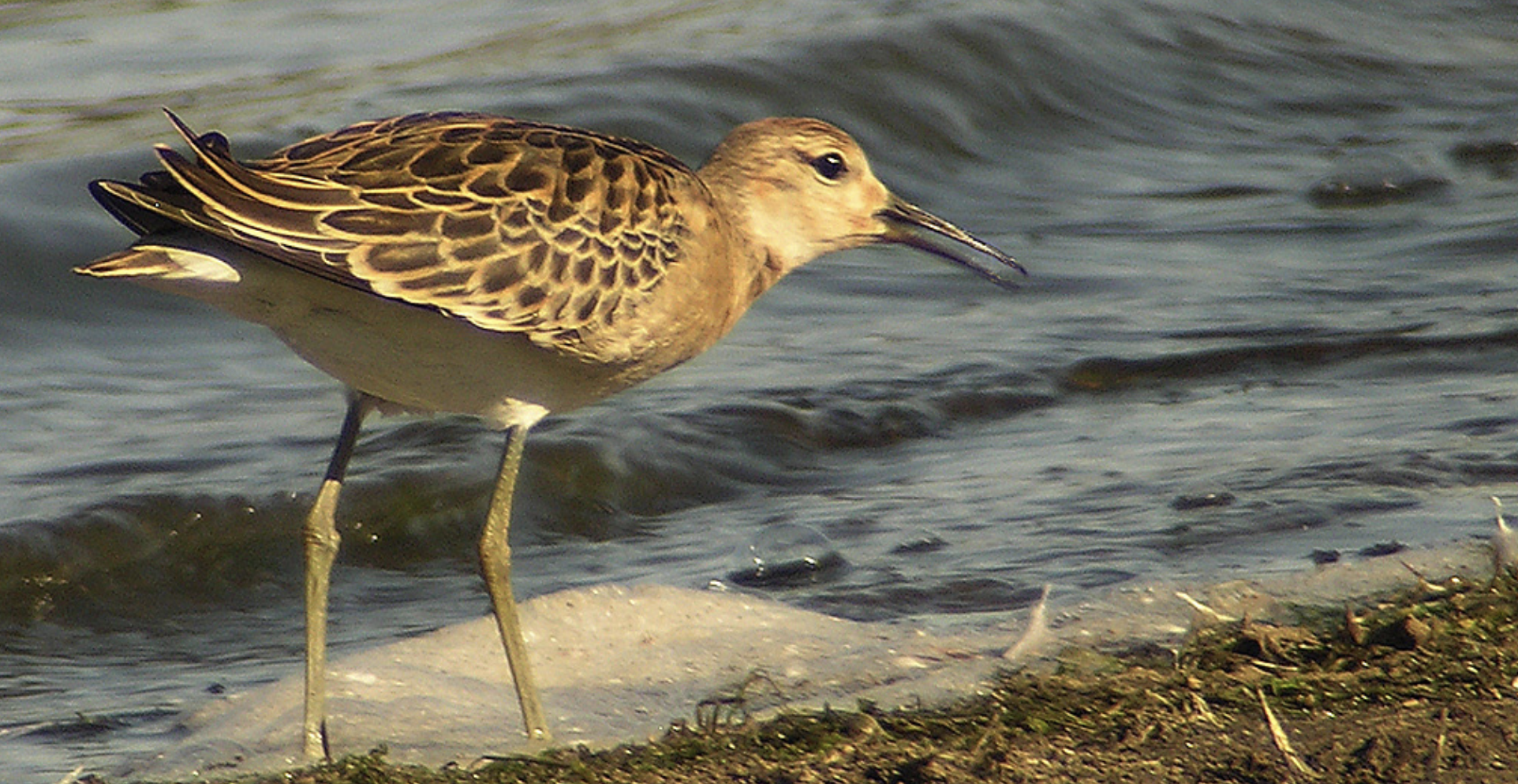
In the case of swallowtail butterflies, it’s the female that has the power of mimicry. But they don’t mimic male Swallowtail butterflies. Rather, they mimic the traits of completely different butterfly species, so as to fool predators into thinking they’re toxic. And so it’s not entirely clear how this winged insect got on to the Gay Times list. (At this point, it might be instructive to note that the author of that Gay Times article, the aforementioned Tirado, seems to have no relevant scientific expertise, but rather is known for articles with titles such as We Should All Do Relationships Like Polyamorists, and How Getting Drawn Nude Helped Me Learn to Love My Body). Perhaps the publication was taken in by the fact that this sex-linked swallowtail trait is associated with a gene called doublesex, which admittedly sounds vaguely queer.
- Sexes? Two.
- Sex change? No.

The male seahorse carries up to a thousand babies while his female mate—to use the technical scientific term—fucks around. We know it’s the male carrying the babies because he’s the one who made the sperm that fertilizes the eggs that the absent mother produced and then lodged inside his body. So it’s the same old boring story of sperm and egg, just with the twist that it’s dad who gets big and bloated instead of mom.
- Sexes? Two.
- Sex change? No.
- Girls night out? Every day of the week.
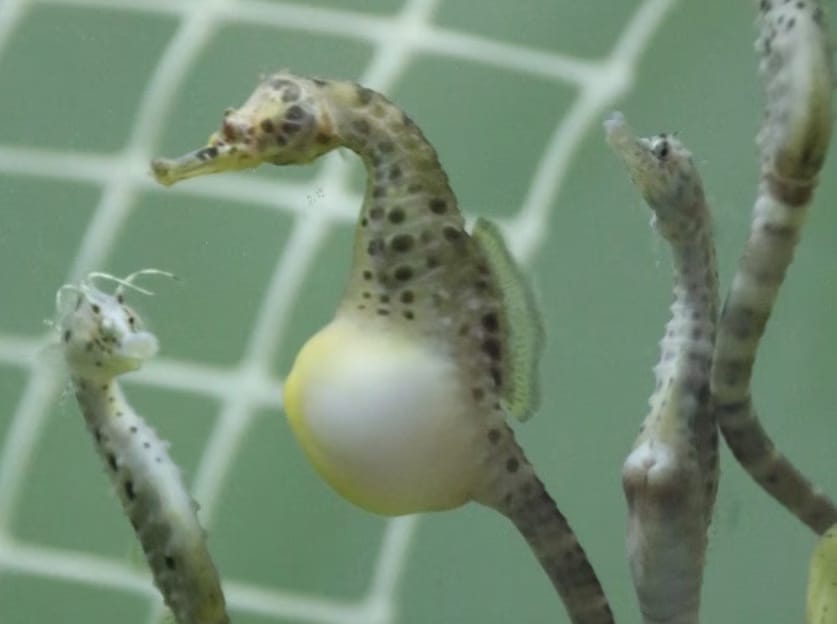
The female spotted hyena has a long, retractable clitoris. This anatomical feature makes sex a matter of hope for the male, and birth quite dangerous for her babies. We know clitoromegaly (scientists have a name for everything) is a feature of female hyenas because they’re the ones with the ovaries and the eggs. A large clit doesn’t change them into males any more than a strap-on sex toy changes a woman into a man.
- Sexes? Two.
- Sex change? No.
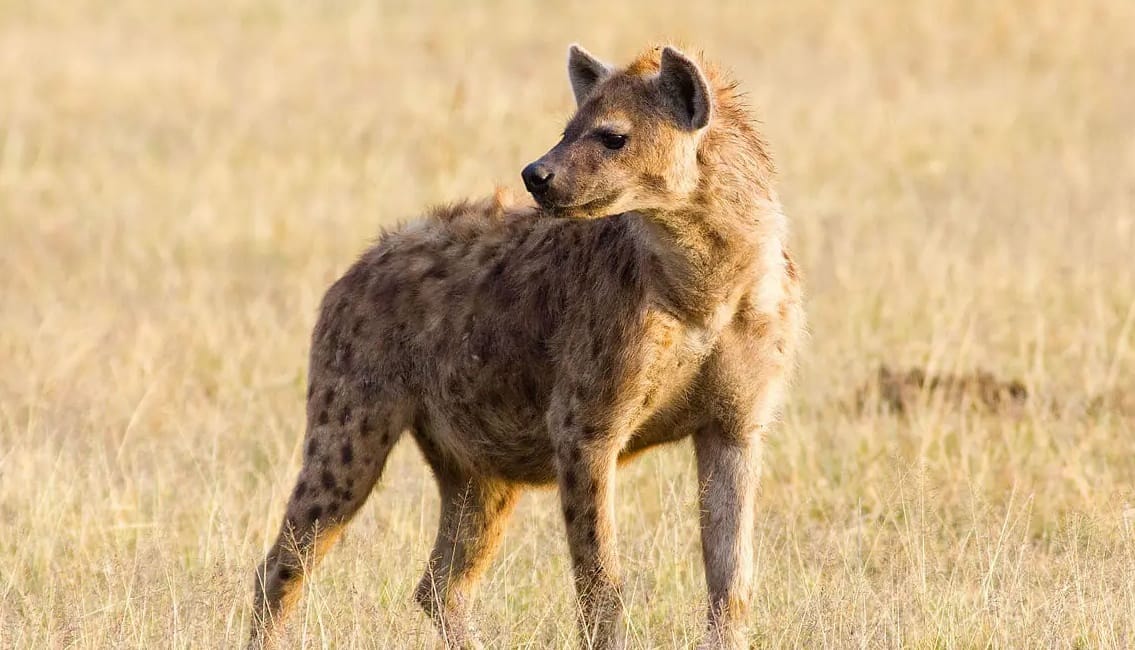
These are lizards whose development is affected by temperature, with some skinks possessing XX chromosomes (a type that is typically associated with females) undergoing an in utero transition that causes them to develop as males. We know these XX skinks are male because they make sperm when they become older.
- Sexes? Two.
- Sex change? Yes—though only during gestation.

This is an arboreal lizard that made the list because at least one specimen—an aquarium-housed female in Australia—appears to have changed sex following the death of a male companion, switching up its testes for ovaries.
- Sexes? Two.
- Sex change? Yes.
- Non-binary? No.
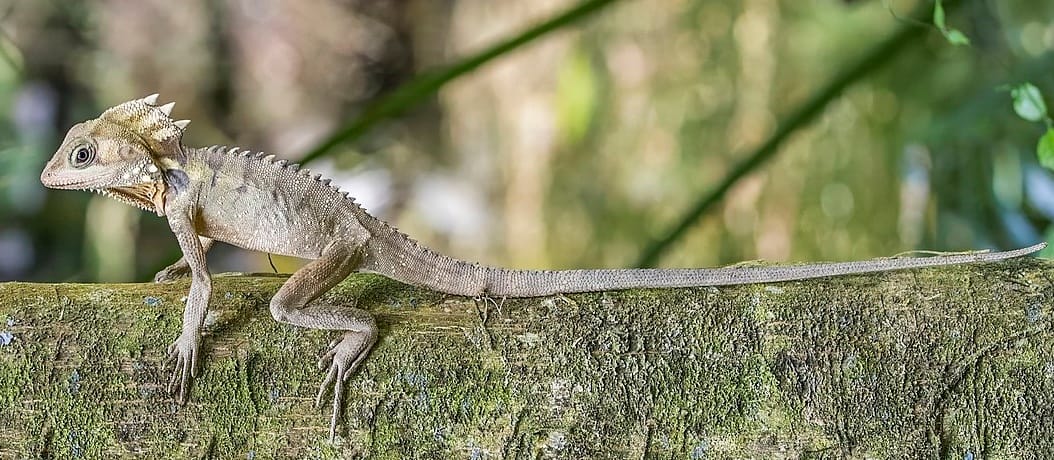
This enormous lizard uses a ZW (not XY) chromosomal determination system; females are ZW, males are ZZ. There is no evidence that they change sexes, but the fact that males possess a pair of the same type of sex chromosomes (like human females) seems to have qualified them for the Gay Times list.
Also, the females can reproduce asexually via a process known as parthenogenesis, whereby an embryo is produced without the egg being fertilized with sperm. But that’s an exclusively female trait (not just in komodo dragons, but in all creatures capable of parthenogenesis). So it certainly doesn’t make them trans.
- Sexes? Two.
- Sex change? No.
- Family pet suitability: Low.
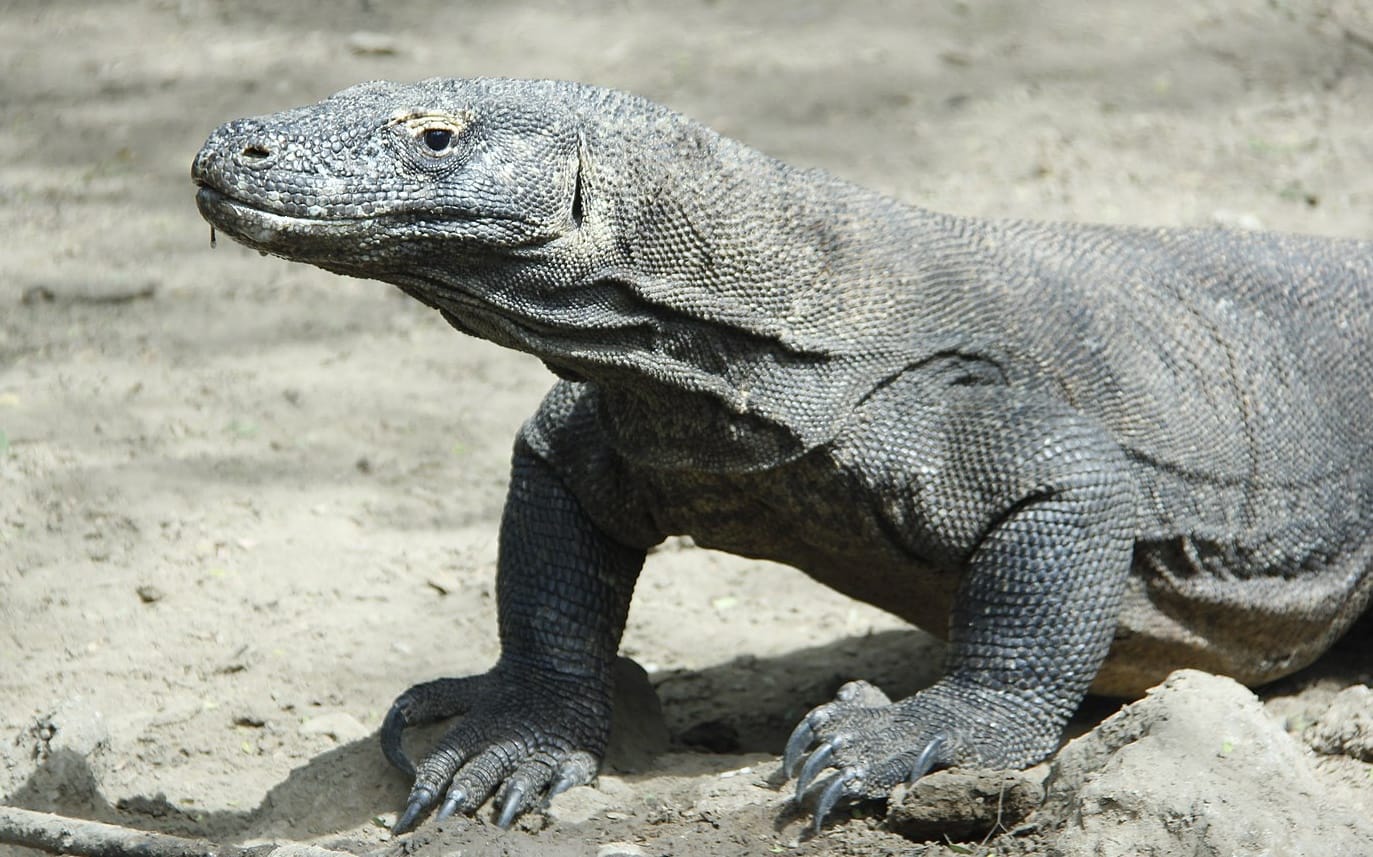
Gelatinous zooplankton are far too squishy to wear pronoun pins. But jellyfish do tend to get namechecked on this sort of list due to their status as both sequential hermaphrodites (like clownfish) and simultaneous hermaphrodites. (In the former case, an organism switches from one sex to the other. In the latter case, it can exhibit both sexes simultaneously.) We know this because jellyfish, being translucent, aren’t very good at hiding their private parts from researchers.
- Sexes? Two.
- Sex change? Yes.
- Trans “gender identity”? No, because they don’t have brains.

Starfish reproduction is a complex topic. But for our purposes, suffice it to say that many of these star-shaped echinoderms have the charming habit of spraying sperm around by waving their many arms (usually five). They also can reproduce by splitting in half, which does indeed sound “queer,” though not in the LGBT sense of the word.
- Sexes? Two.
- Sex change? No.
- Trans “gender identity”? Again, no brain.
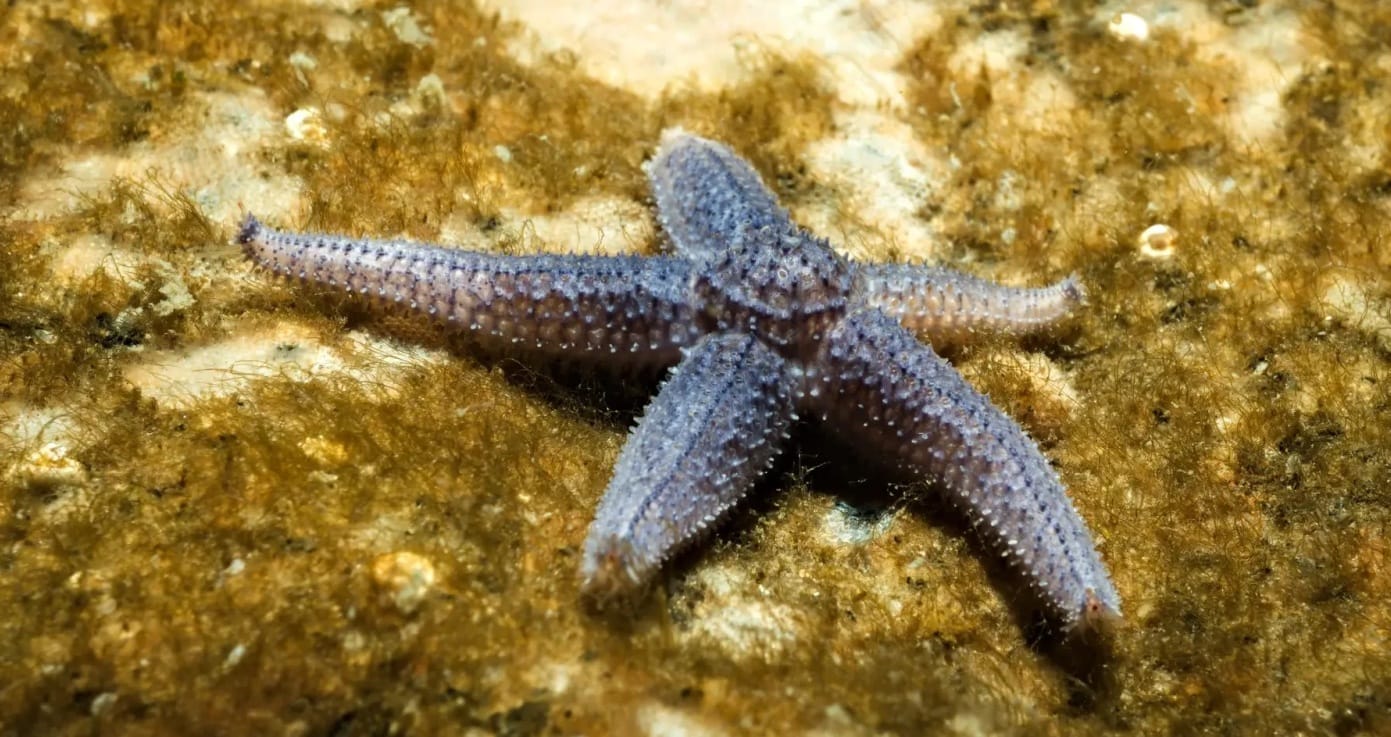
These salt-water bivalves combine the hermaphroditic nature of jellyfish with the unsettling sperm-spigot sex techniques of starfish—meaning that they release a big sperm cloud that then serves to allow self-impregnation.
- Sexes? Two.
- Sex change? Yes.
- Sexual autonomy level: Extreme.
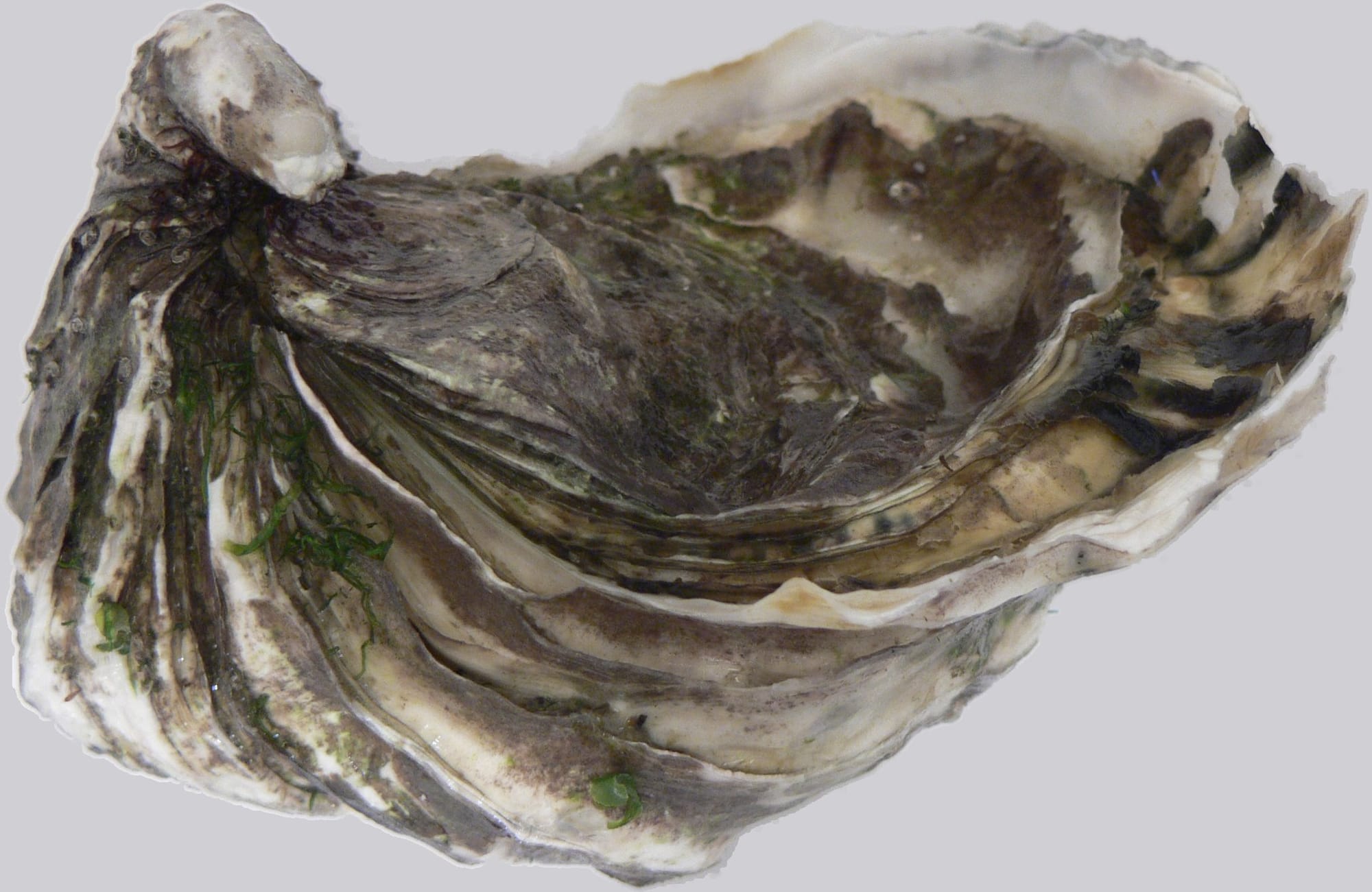
Another sequential hermaphrodite, the black sea bass starts as an egg-making female and—by now, you know how this works—can then switch gonad type to testes, which allows the (now male) fish to start making sperm.
- Sexes? Two.
- Sex change? Yes.
- Boldly defies the settler-colonial heteronormative construct known as the sex binary? Nope.

Exactly what it says on the tin: a slug that looks like a banana. Here we get another simultaneous hermaphrodite, whose banana-esque body possesses both male and female reproductive capabilities. We won’t get too much into the unsettling BDSM details of banana-slug sex, except to note that the banana slug doing the male role (i.e., providing sperm) will sometimes have its penis gnawed off by the banana slug performing the female role (providing eggs).
- Sexes? Two.
- Sex change? No.
- Queer? Only in the sense that the penis comes out of its head.

The marsh harrier puts more sneaky bird behaviour on display, with some males pretending to be females. However, unlike the above-referenced ruff, which performs this mimicry as a means to trick females into mating, these male harriers are refugees from harrier-on-harrier violence, which can apparently be quite vicious. As usual, we know these are males pretending to be females, due to the tell-tale sperm.
- Sexes? Two.
- Sex change? No.
- Toxic masculinity level: Problematic.
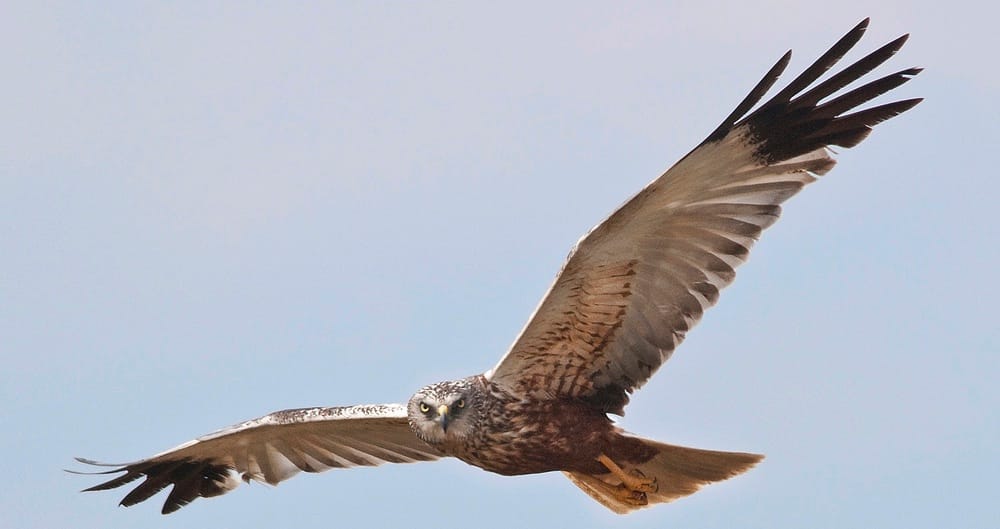
These birds can, in rare cases, be half-male and half-female. We can tell which half is male by the testes and which half is female by the ovaries. In effect, these are birds with disorders of sexual development (sometimes referred to as DSDs or “intersex” conditions). As with humans afflicted with DSDs, there is no intermediate form of gonad or gamete—just the two varieties associated with males and females.
- Sexes? Two.
- Sex change? No.

Females ducks of this type have one functional (i.e., egg-producing) ovary and another gonad they keep as a spare. If a female loses the functioning ovary due to illness or injury, the other gonad can activate. And here we get to the bit that interested the Gay Times: At least one Mandarin female is known to have activated her “sleeper ovary” into a testicle and made sperm (thereby transitioning from female to male in the process).
- Sexes? Two.
- Sex change? Yes.
- Do humans come with spare gonads? Alas, no.
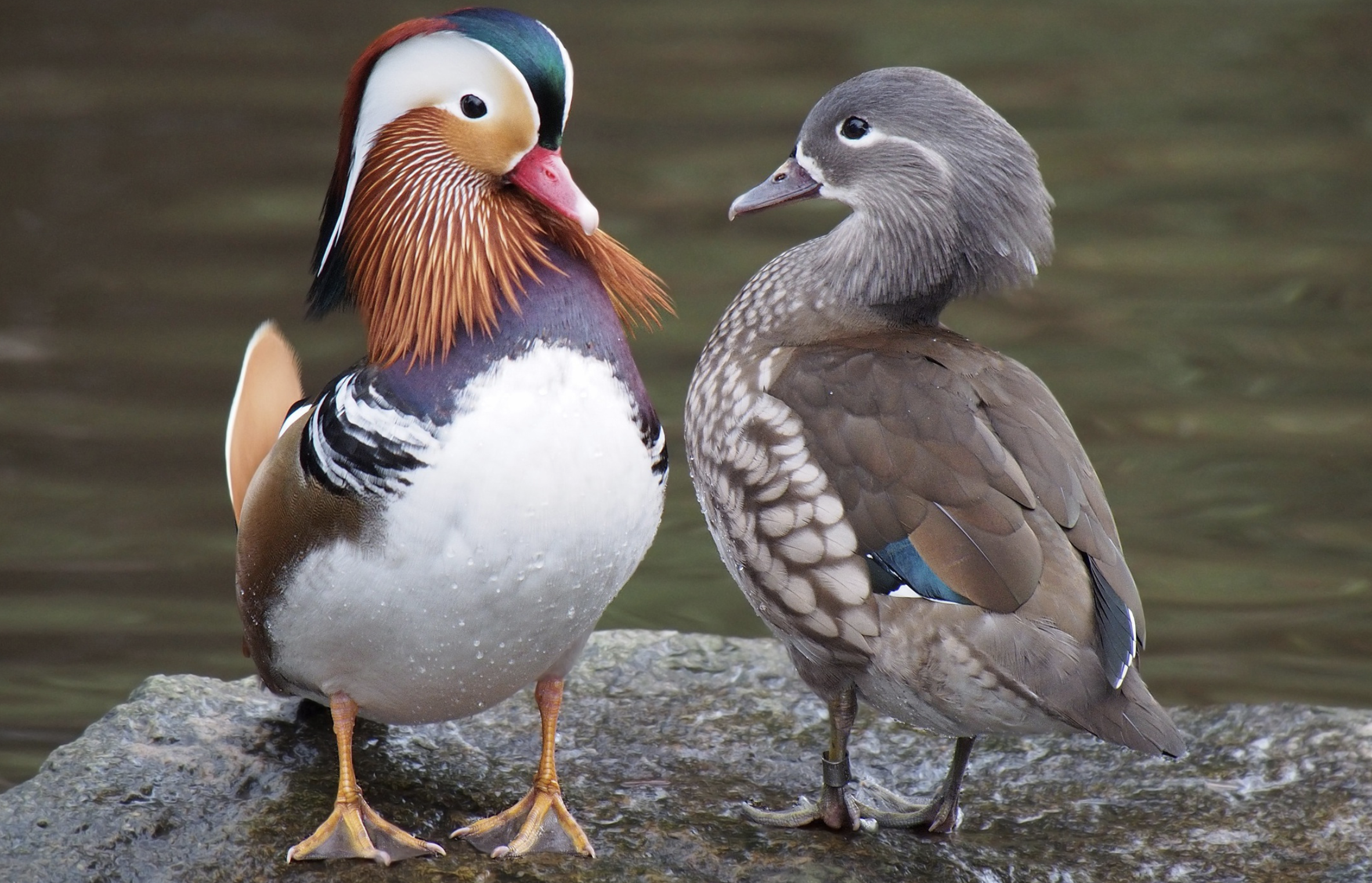
Back to the lizard world. These reptiles perform parthenogenesis (much like the Komodo dragon, which we’ve already met), whereby an unfertilized egg can develop into healthy offspring. This means that female whiptails don’t need males to reproduce—which is why male whiptails, as in some feminist science-fiction tale, no longer exist.
- Sexes? Just one.
- Sex change? No.
- Non-binary? Only in the sense that one is half of two.

This sea snail has a special kind of shell that, once inverted, looks like a slipper. They’re male-to-female sequential hermaphrodites, which you’re already no doubt quite bored of hearing about.
- Sexes? Two.
- Sex change? Yes.
- Queer? No, but their sex lives are quite interesting—some might even say, orgiastic—as described by biologist Susan Pike:
If [a slipper limpet] is the only [one] around, it will develop into a female and send out chemical signals to attract other slipper shells to come settle on her, forming a stack of slipper shells with the oldest female on the bottom and younger males on top of it…The males are able to directly fertilize the female beneath, even if separated by four or five other males! Adult slipper limpets can live in stacks of up to 20 individuals.
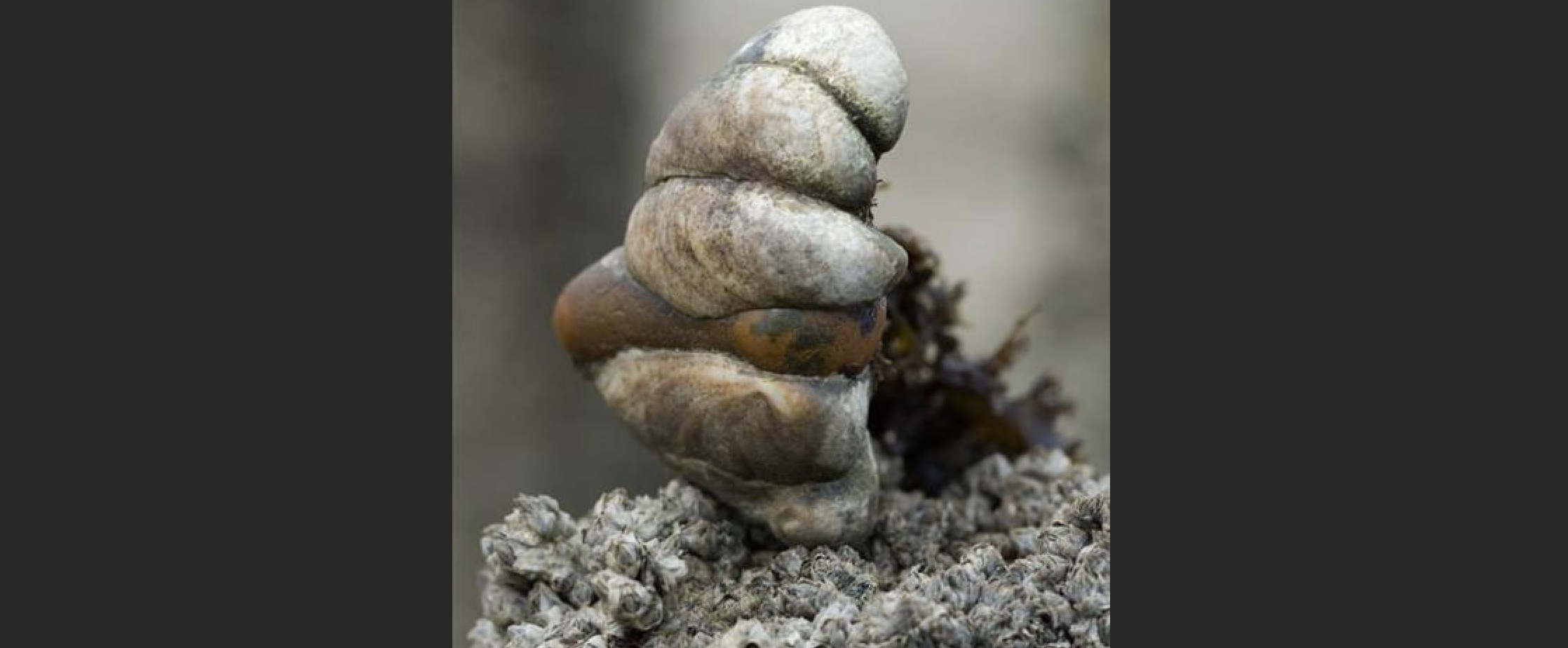
Do some creatures change sex? Absolutely. But this isn’t new information. It’s a fact that biologists have known about for a long time.
What is also well-known is that none of these sex-changing creatures are mammals, much less human. Rather, they’re insects, fish, lizards, and marine invertebrates whose biology is different from our own in countless (fascinating) ways.
What’s more, in every single case described above, there are always (at most) just two distinct sexes at play—no matter how those two sexes may switch or combine. One of those sexes is male, a sex associated with gonads that produce sperm (testes); and the other is female, with gonads that produce eggs (ovaries). There’s nothing else on the menu. It’s just M and F.
Yes, there’s a “spectrum.” But it’s not the imaginary sex spectrum that activists such as Martin, Tatchell, and Tirado are trying to conjure. Rather, it’s the extraordinary spectrum of traits, behaviors, and evolutionary adaptations that all of these creatures exhibit as part of nature’s grand pageant.













